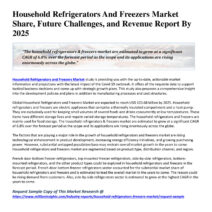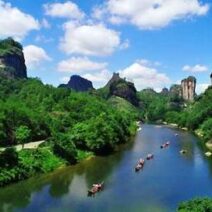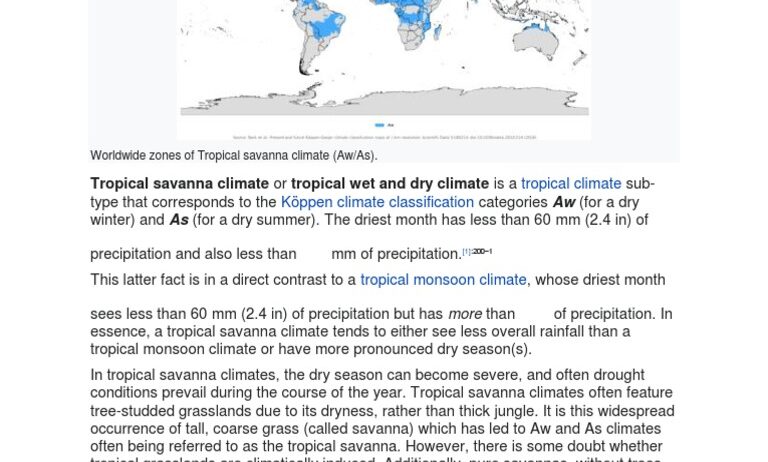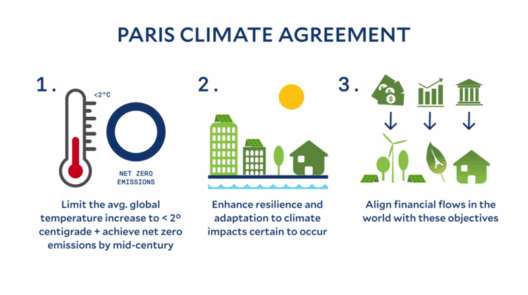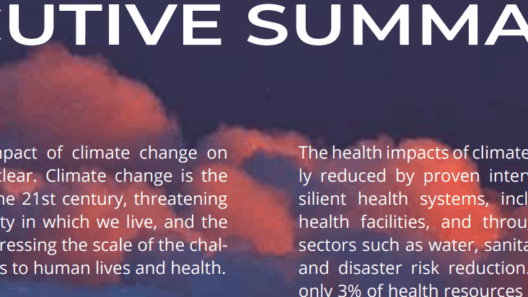The climate of West Africa is a multidimensional tapestry, woven from the threads of geography, topography, and atmospheric conditions. This region, characterized by significant climatic variability, includes vast savannas, coastal zones, and arid deserts. Each climatic zone possesses distinct features, temperatures, and precipitation patterns that influence the ecology, agriculture, and livelihoods of its inhabitants.
West Africa is predominantly dominated by three major climate zones: the tropical savanna, the semi-arid regions, and the humid coastal zones. Understanding the nuances of these areas is paramount for comprehending broader environmental challenges and opportunities faced in the region.
Tropical Savanna Climate
The tropical savanna climate is a hallmark of West Africa’s interior, marked by alternating wet and dry seasons. This climate is typified by grasslands interspersed with scattered trees, offering a picturesque landscape that supports a diverse array of wildlife. The defining characteristic is the annual cycle of rainfall, which is typically concentrated in a few months, leading to a pronounced dry season.
During the rainy season, which usually spans from May to October, the region experiences substantial precipitation, often exceeding 1,000 mm. This influx of water transforms the arid landscape, facilitating an explosion of flora and fauna. However, as the dry season sets in, temperatures can soar, reaching up to 40 degrees Celsius (104 degrees Fahrenheit). Such extremes prompt adaptation, both in local ecosystems and human activities.
Agricultural practices have evolved in tandem with this climatic rhythm. Cereal crops, such as millet and sorghum, thrive during the wet season, while cattle herding becomes a strategic livelihood during the dry months, as livestock are often migrated in search of water sources.
Nevertheless, the changing climate poses challenges. Erratic rainfall patterns and prolonged droughts threaten food security and biodiversity. Increased deforestation for agricultural expansion further exacerbates vulnerability, creating a cycle of ecological degradation and socio-economic turmoil.
Semi-Arid Regions
Nestled to the north of the tropical savanna lies the semi-arid region, commonly referred to as the Sahel. This transitional zone between the Sahara Desert and the more fertile areas of West Africa is characterized by less predictability in precipitation, with rainfall amounts dwindling significantly compared to the southern savanna regions.
The Sahel experiences an average annual rainfall of about 300 to 600 mm, which is sporadically distributed. As a result, the region suffers from both drought and flooding, creating an inconsistent agricultural environment. Crop yields are often precarious, and subsistence farming is fundamentally challenged.
Temperature variations are notable here, with the Sahel exhibiting a harsher climate. Daytime temperatures can exceed 40 degrees Celsius, while nighttime temperatures can plummet, leading to considerable fluctuations. The implications for human habitation are significant; residents must adapt to these extremes, often employing traditional agricultural techniques or nomadic pastoralism.
The issues of land degradation and desertification in the Sahel are critical. Unsustainable agricultural practices, such as overgrazing and intensive cropping, diminish soil fertility and increase erosion. Climate change, alongside growing populations, further aggravates the predicament, leading to conflicts over dwindling resources.
Humid Coastal Regions
To the south, the climate begins to shift significantly. The coastal regions of West Africa, encompassing countries like Nigeria and Ghana, experience a humid tropical climate characterized by high humidity and recurring rainfall throughout the year. This area receives about 1,500 to 2,500 mm of precipitation annually, nurturing lush ecosystems and a vibrant agricultural industry.
The proximity to the Atlantic Ocean significantly moderates temperatures, typically ranging between 25 and 32 degrees Celsius. Coastal winds, influenced by oceanic currents, help to regulate this temperature, creating a more hospitable environment for human settlement and agricultural practices.
Crops such as cocoa, rubber, and palm oil flourish in this humid climate, contributing significantly to the economies of these nations. However, the increase in temperature and changing rainfall patterns due to climate change pose risks to these vital agricultural sectors. Sea-level rise also threatens coastal habitats, leading to erosion and loss of arable land.
Biodiversity in these humid regions is remarkable. Mangroves, wetlands, and diverse flora and fauna provide crucial ecosystem services. Yet, urbanization, deforestation for agriculture, and pollution jeopardize these resources. Balancing economic development with environmental stewardship is an increasing challenge for policymakers.
The Intersection of Climate and Ecology
The intricate relationships between climate and ecology in West Africa cannot be overstated. As the region faces the dual pressures of climate change and socio-economic demands, the impact on biodiversity, human health, and food security becomes evident. Conservation efforts, sustainable agricultural practices, and community-based initiatives are vital to address these challenges.
An understanding of West Africa’s climatic zones offers invaluable insights into developing adaptive strategies and resilient communities. Engaging local populations in environmental conservation and sustainable practices can significantly bolster resilience against climate variability. Recognizing the interconnectedness of ecosystems and human activities is paramount for forging a sustainable future in West Africa.
Conclusion
In summation, the climate of West Africa is a dynamic spectrum, shifting from savanna heat to coastal winds, each with its unique challenges and opportunities. As climate patterns evolve, adaptation and mitigation strategies will become essential for the region’s environmental health and socio-economic stability. Only through informed policies and community engagement can West Africa navigate the turbulent waters of climate change while preserving its rich ecological heritage.

